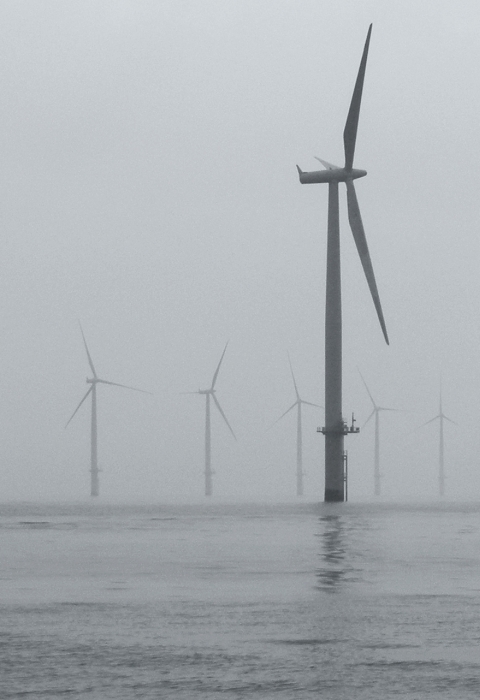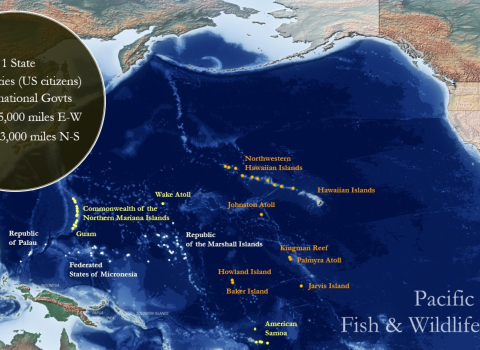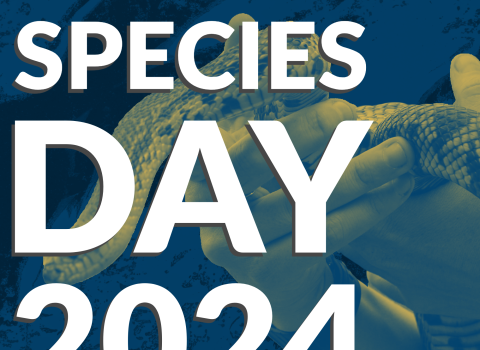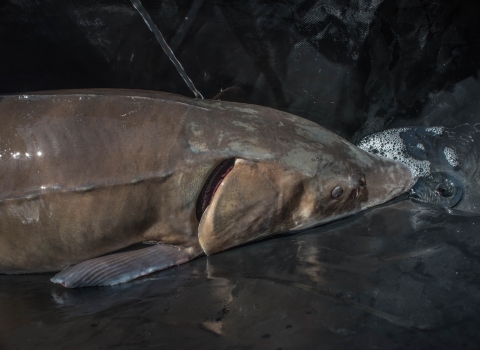Offshore wind energy development is an emerging industry in the United States as a source of renewable energy to help lessen dependence on fossil fuels for energy production and help the nation meet goals to curb climate change climate change
Climate change includes both global warming driven by human-induced emissions of greenhouse gases and the resulting large-scale shifts in weather patterns. Though there have been previous periods of climatic change, since the mid-20th century humans have had an unprecedented impact on Earth's climate system and caused change on a global scale.
Learn more about climate change .
What is the status of offshore wind energy development in the United States?
In 2021, the first commercial scale offshore wind project was approved and construction is expected to begin in 2022. The Department of Interior has a strategy to approve enough offshore wind energy facilities by 2030 to produce 30 gigawatts of electricity. By some estimates, that is enough electricity to power nine million homes.
What concerns are there for migratory birds for offshore wind energy?
Because offshore wind energy is an emerging industry, we cannot know the extent to which it may impact migratory birds. Activities associated with offshore wind energy, such as assessments in the offshore environment, construction, and operation, all add to or introduce human-sourced stressors, such as noise, artificial lighting, habitat alteration, and tall structures in otherwise unobstructed areas. Research onshore and offshore has found that these stressors can directly and indirectly adversely affect migratory birds through disturbance, displacement, avoidance, and collision. Thankfully, a significant amount of planning has been done to proactively avoid, to the extent possible, adverse impacts to migratory birds. As the industry grows, research and monitoring should inform us as to whether there are adverse impacts and how to mitigate them.
How can I learn more?
Offshore wind energy in the Outer Continental Shelf, which lies between the seaward extent of state and federal boundaries, is authorized through the Department of Interior Bureau of Ocean Energy Management (BOEM). BOEM maintains a thorough and up to date website about the process to determine offshore wind energy areas, approve projects, and makes available all documentation necessary to approve projects. The U.S. Fish and Wildlife Service is preparing recommendations for offshore wind energy to assist in evaluating and reducing potential adverse impacts to migratory birds, which will be made available here once complete.
Library Documents



